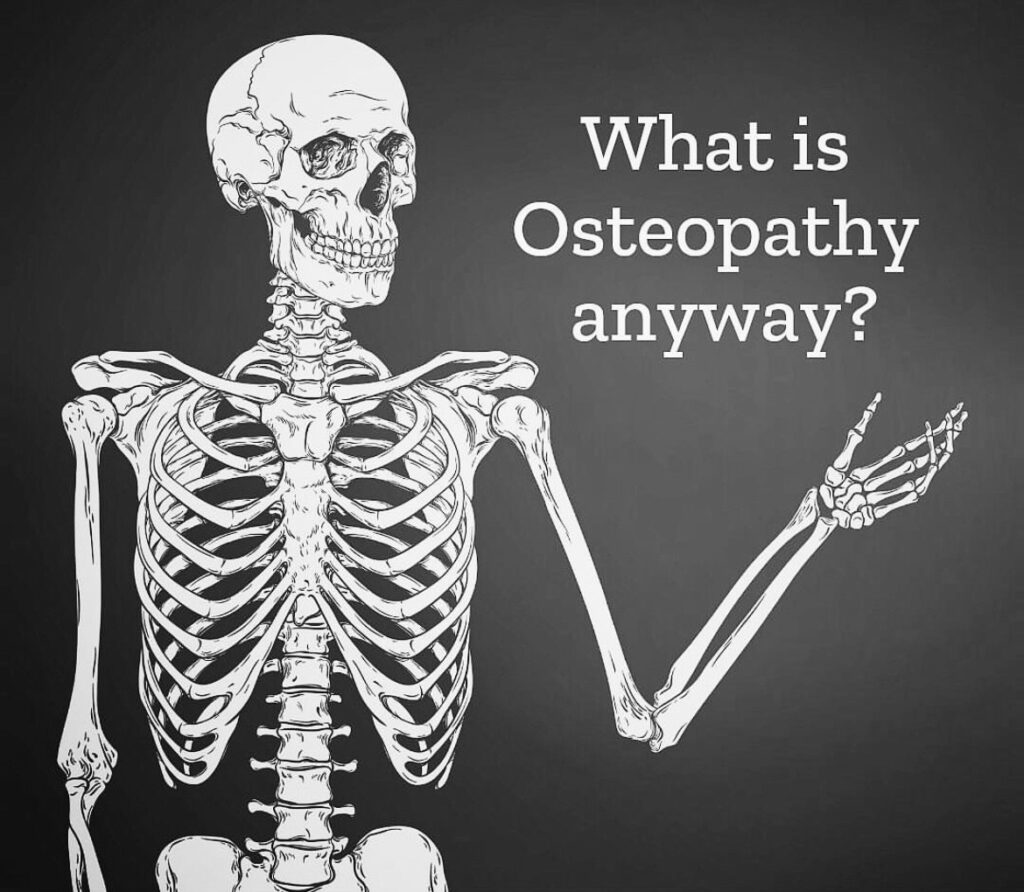This is a question I often get, and in particular when coupled with the even more popular “What’s the difference between Osteopathy and Physiotherapy?
I’ve tried to answer that second one many times and always end up overcomplicating things, largely because a good osteopath and a good physiotherapist have so much in common. So, for the purposes of this little post I will stick to osteopathy only.
Osteopathy is a system of diagnosis and treatment for a wide range of medical conditions. It works with the structure and function of the body and is based on the principle that the well-being of an individual depends on the skeleton, muscles, ligaments and connective tissues functioning smoothly together.
That was the textbook definition, so now for the personal bits:
After an initial case history where I find out all about the problem that is bringing you in, we will go through the history of how you got here, what you are and aren’t able to do, old injuries, and relevant medical details such as medication and surgeries. Lifestyle factors such as sleep, nutrition, exercise and social activities will all be factored in at this point too.
I will then do an assessment of your standing posture, active movements and perform the relevant tests to muscles, joints and ligaments in order to come to a working diagnosis. We will then agree on a treatment plan specifically for you which takes into consideration how much time and what facilities you have available, as well as what you do and don’t enjoy doing.
Treatment may consist of soft tissue massage, stretching, and joint mobilisation techniques (ranging from gentle to strong, depending on what’s needed for your situation) as well as nutrition, postural advice and appropriate exercises.
I always advise people to, where possible, wear comfortable clothing so that you can move around easily. Also, please be aware that osteopaths are particularly interested in how your body moves as a whole, not just the bit that hurts. For this reason it may be helpful at times to remove some layers of clothing (never your undergarments). Towels and shorts will be available for modesty but feel free to bring your own.
Based on how you respond over time we will then make changes to your treatment plan and exercises.
I’m always happy to answer questions and I am keen to make sure you feel involved in the process and understand the plan.
